Lake Volta was the first stop on our recent tour of West Africa. It was lovely to get out of the chaotic city of Accra and into the Ghanaian countryside. The Volta region is little-visited, which is a shame as it has mountains and lush farmland with great views and lots of opportunities for walking and hiking. The two main cities in the area are Ho and Hohoe. We didn’t go to either, but I loved seeing the road signs! I was looking out for a sign to Hohoehoe, but I didn’t see one!! As most visitors to the region do, we stayed in the small town of Akosombo.
In this article
Lake Volta
Geography
Lake Volta is the largest artificially-created lake in the world in terms of surface area and the fourth largest by volume. It was formed when Akosombo Dam was built in the 1960s. It is located entirely within Ghana and covers a massive 3275 square miles. The lake is long and narrow and runs for over 320 miles from its northernmost point to the south.
The Black Volta and White Volta rivers are held back by the dam. They used to converge at what is now the centre point of the lake to form the River Volta. Now, the River Volta forms the outflow of the dam before continuing on to the Atlantic Ocean.
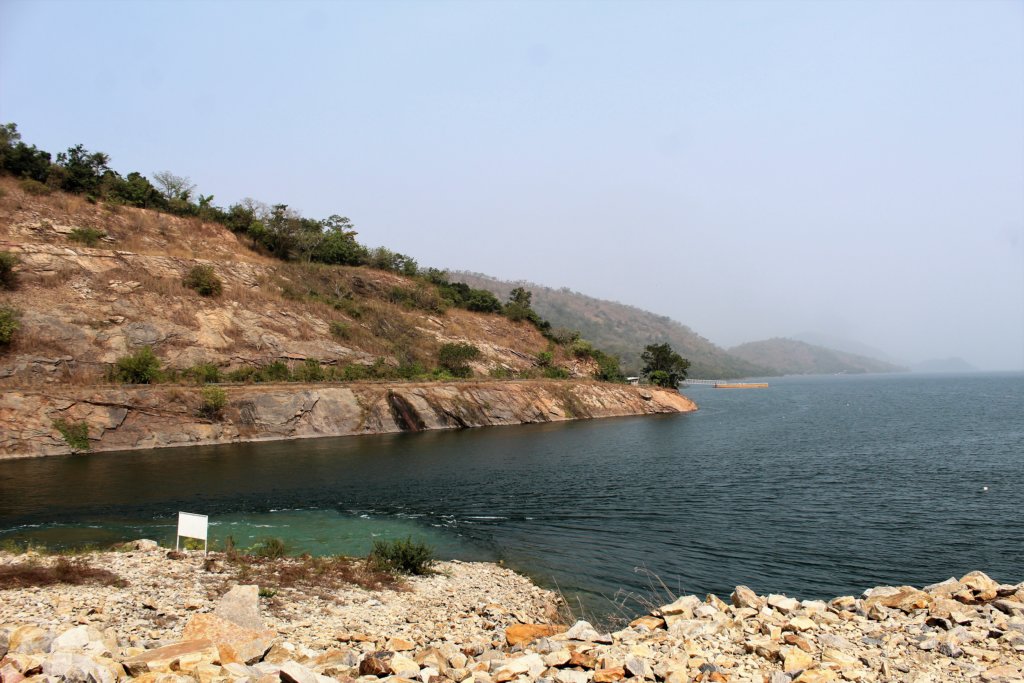
Economy
Fishing
Local communities located around the lake mainly make their living from fishing. We took a boat trip and photographed men and boys casting their nets. I sincerely hope that none of the children I captured on camera are among the estimated 49,000 child slaves who are thought to be working in Lake Volta’s fishing industry today. I only learned of this shocking statistic as I was doing some extra reading in preparation for writing this post. As recently as December 2018, a number of children were rescued from unspeakable conditions.
Children as young as four are reportedly kept hungry and thirsty and forced to work up to 17 hours a day, casting nets and hauling them back up again. One of the most dangerous parts of their work is to dive down to untangle nets when they get caught in the branches of submerged trees. Whole forests were flooded when the dam was built and children suffer injury, and even death, today in these trees.
These are two of the articles I read:
- Sons for Sale – Child Slavery in Ghana (The Guardian)
- Lake Volta: Death Trap Exploits 49,000 Child Labor Slaves (Engage Now Africa)
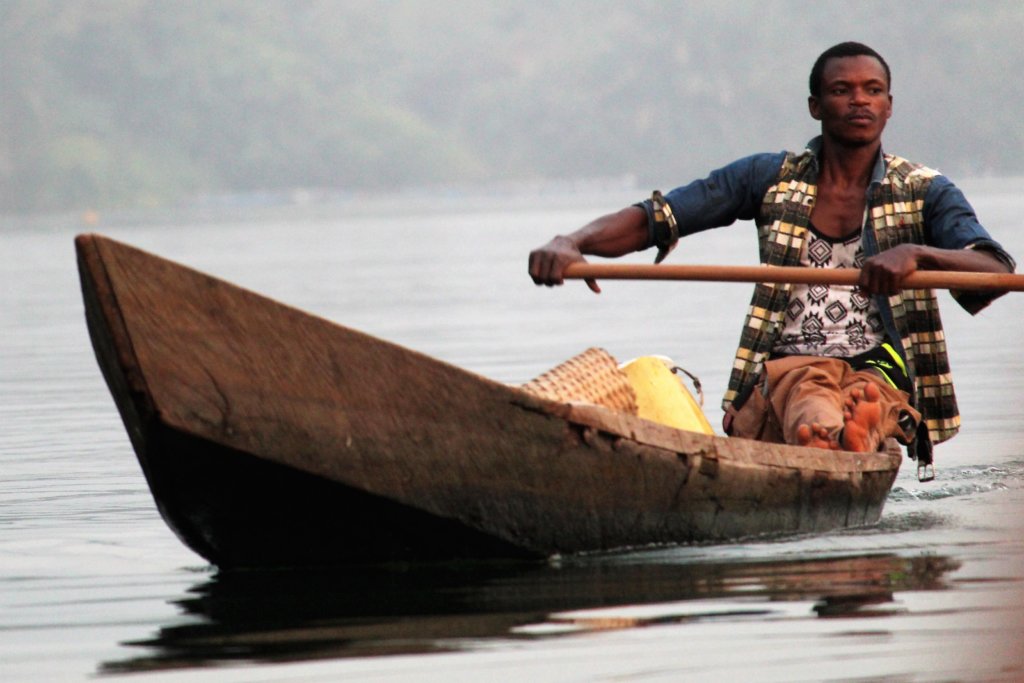
Timber
Recent developments in the economy of Lake Volta include a large-scale enterprise to harvest timber from the flooded forests. Whilst, as far as I can discern, this project is in no way a result of concerns about child slavery, I hope that one of the results of its success would be that fewer children get injured or die.
The aim is to produce high-value tropical hardwood without requiring additional logging or destruction of existing forest. It could generate the largest source of environmentally sustainable natural tropical hardwood in the world. Most of the timber would be made available for export, generating foreign currency for the region, and the rest would be used for hardwood floors in Ghana. If successful, the project would reduce local people’s dependency on fishing as their primary source of income.
Tourism
Attempts are also being made to increase the level of tourism in the region. At the moment, though, this is largely directed at the domestic market. Boat trips operate upriver from Akosombo to the dam and also to Dodi Island. It is also possible to fish in Lake Volta, with the opportunity to catch various varieties of tilapia and Nile perch.
Boat Trip
We took one of the aforementioned boat trips. It was a long pirogue-style vessel with an outboard motor at the back. It already had water sloshing around in the bottom, even before any of us had climbed on board. By the time 14 of us and a shed-load of beer had filled the boat, the water in the middle, where we were sitting, was ankle-deep!
Mark spent the entire two-hour trip up to the dam and back bailing the boat out with a scoop fashioned from a three-litre plastic container. Some of our fellow passengers helped out a bit. As the beer bottles started to empty, Leanne filled hers with water and tipped it over the side. It was hardly the relaxing cruise we thought we were signing up for! When we complained, albeit good-naturedly, our tour leader, Katie, reminded us of the Dragoman adage, ‘It’s not about the destination, it’s about the journey!’
We did get to see some of the life along the river – local women collecting water, people fishing, and families preparing meals over open fires.
When we were nearly back, those of us in the middle of the boat who’d done all of the bailing and were very wet anyway, decided to down tools. It wasn’t long before the water level inside the boat began to rise and those who’d remained dry up to this point (including Katie) began to get wet. We did think that we might have gone on strike a little early and that we might actually sink before we got back! However, we made it in the nick of time. We left the boatman to bail out his sinking vessel and repaired to the bar. It’s all about the journey, Katie! 🙂
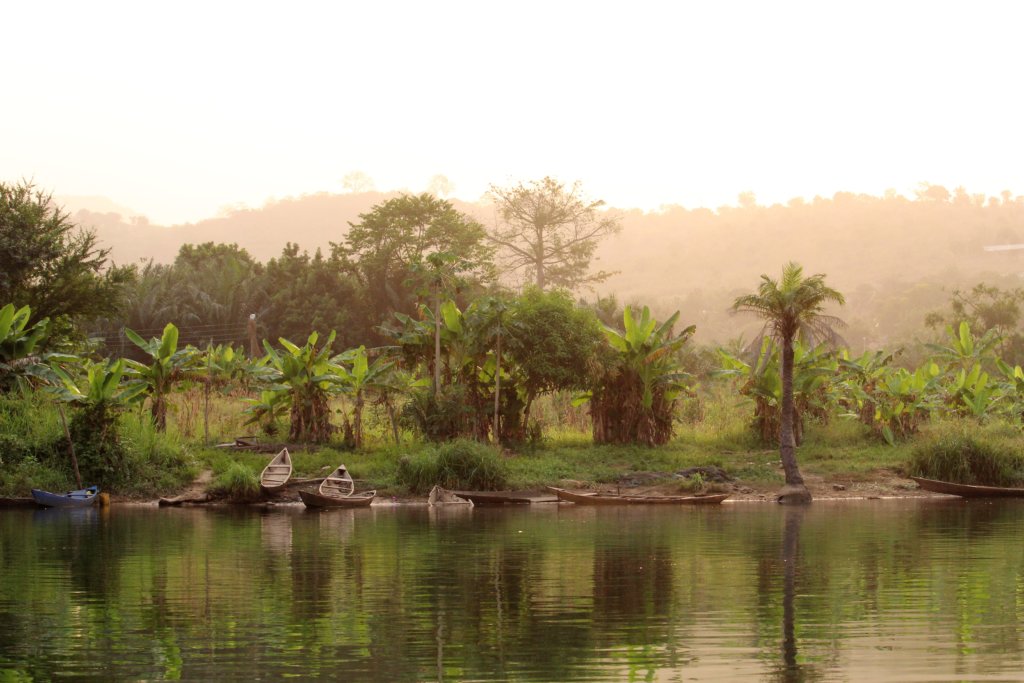
Akosombo
Akosombo Town
The town of Akosombo was founded in the 1960s when properties were built on the site to house construction workers involved in the construction of the dam. A ramshackle assortment of businesses grew up around these homes to serve the needs of the workers and their families. Today, there is little of interest to tourists in the town itself, but there are a few hotels and bars to accommodate those who want to stay overnight while they visit Lake Volta and the dam.
Akosombo Dam
Akosombo Dam is an incredible feat of engineering originally built to provide electricity for the aluminium industry. The idea for the hydroelectric dam was conceived as long ago as 1915 but plans weren’t drawn up until the 1940s. The dam was finally built between 1961 and 1965. It now supplies 70% of Ghana’s electricity needs and also exports power to Togo and Benin.
The structure is massive! It is 660 metres long, 114 metres high, and, at its base, 366 metres wide.
The Volta River Authority runs daily tours of the dam. They start on the hour from 10am to 3pm and cost 10 cedis per person for foreigners. It is also possible to go inside the hydroelectric plant if you book in advance.
The statistics on Akosombo Dam are mind-blowing! I’m afraid that most of the technical information we were given inside the plant went right over my head! It was much more interesting to Mark (a bit of a busman’s holiday for this former water engineer, in fact!). It was very hot and extremely noisy inside the turbine building, and the hard hats didn’t help you feel any cooler.
Outside, though, on top of the dam, there was a lovely breeze and it was easy to get a real sense of the magnitude of the project. It was also fun to try (and fail) to photograph the impressive black kites circling overhead.
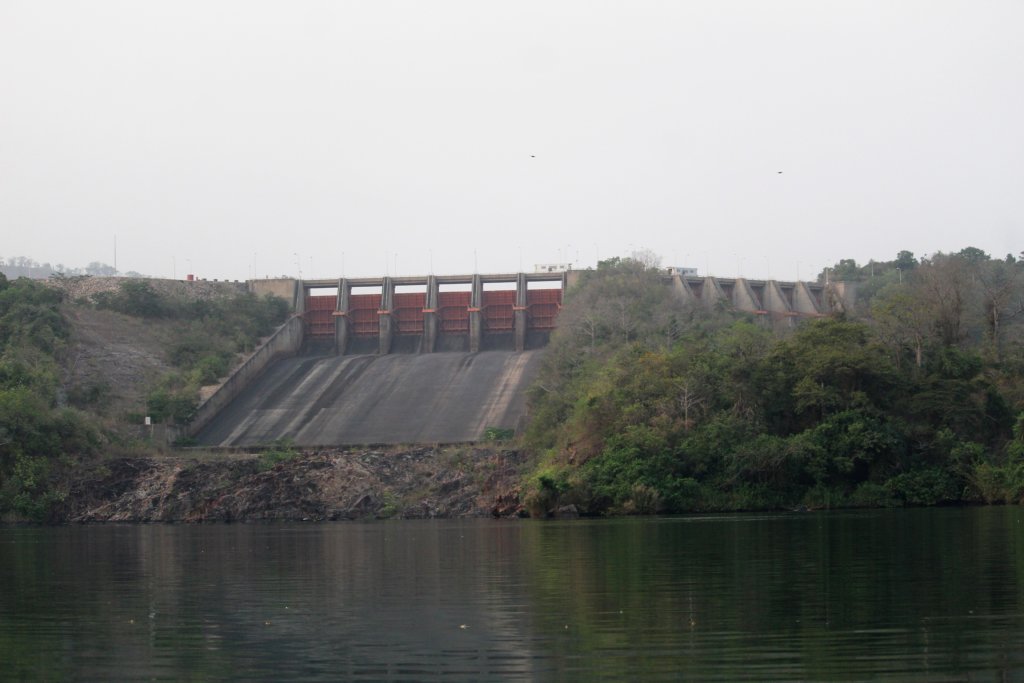
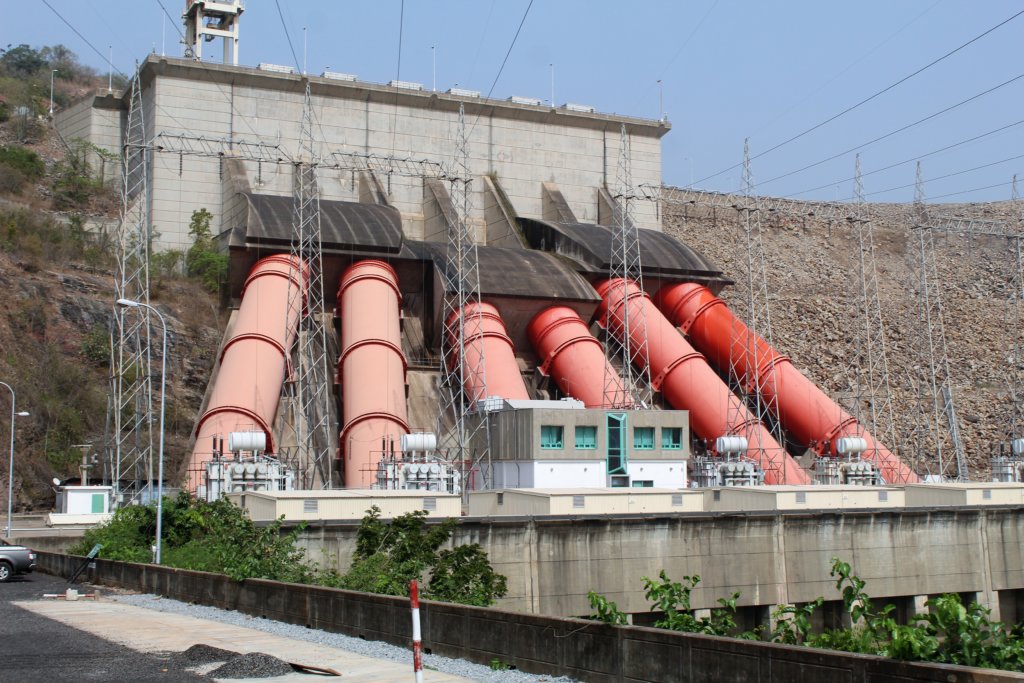
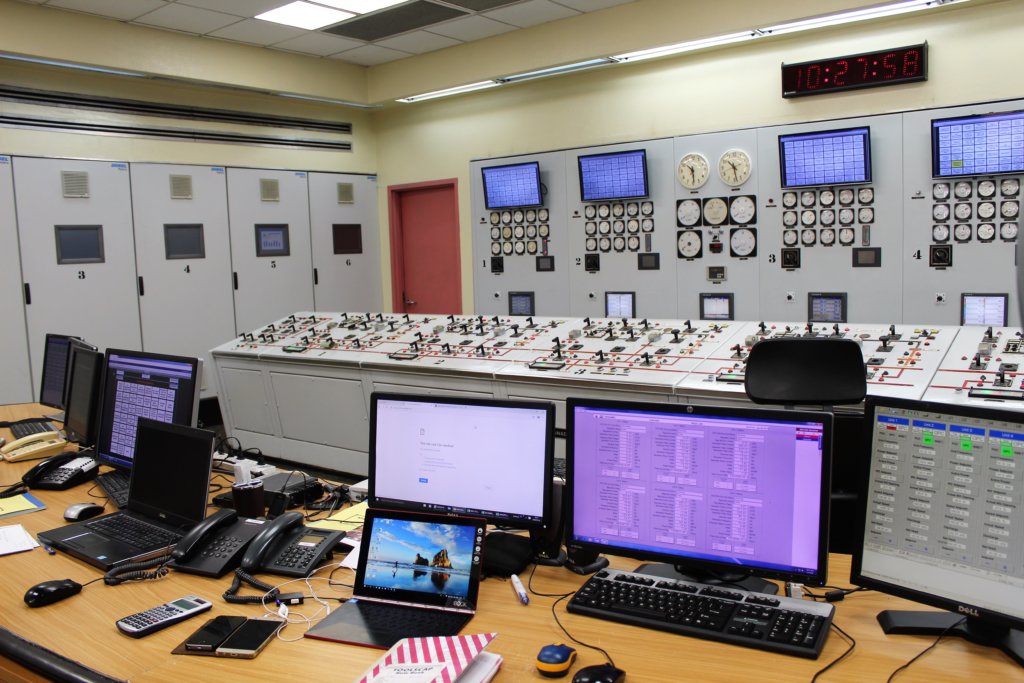
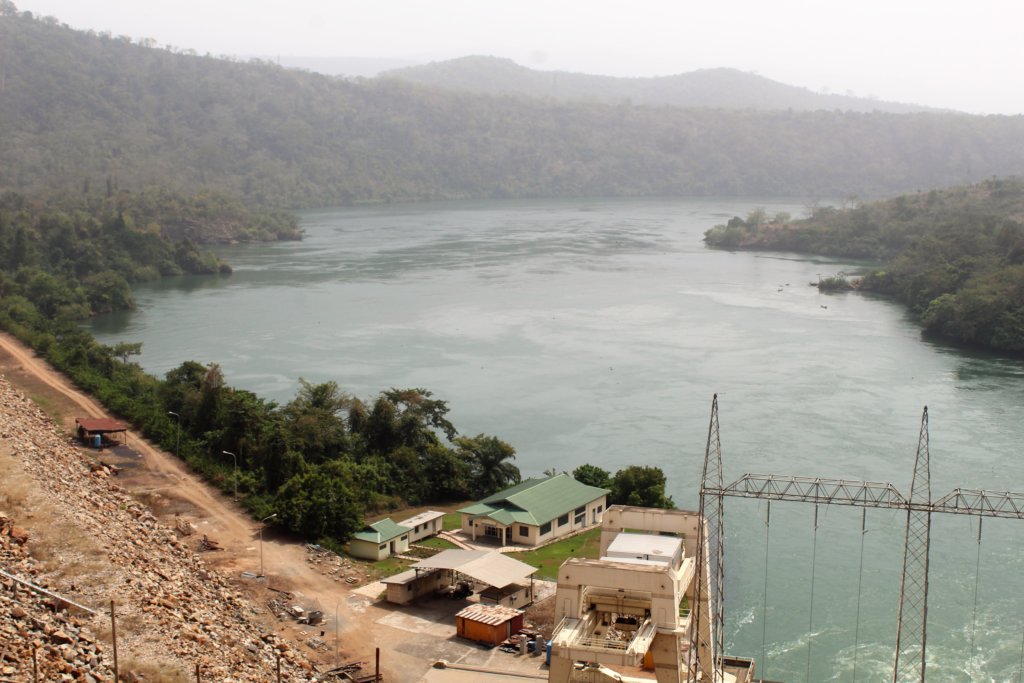
Our Accommodation
We camped in the grounds of Aylos Bay Garden Restaurant and Lodge on the banks of the River Volta. It was a beautiful spot to pitch our tents. We woke up to the sounds of birds and the peaceful site of a dawn mist over the water. Camping costs 30 cedis per person. There are rooms available – 70 cedis per night for a room with a fan and 80 cedis for one with air conditioning.
The Aylos Bay has a bar and a restaurant serving a range of international, as well as Ghanaian, dishes. We ate lunch there. The food was good, although we did have to wait quite some time for it!
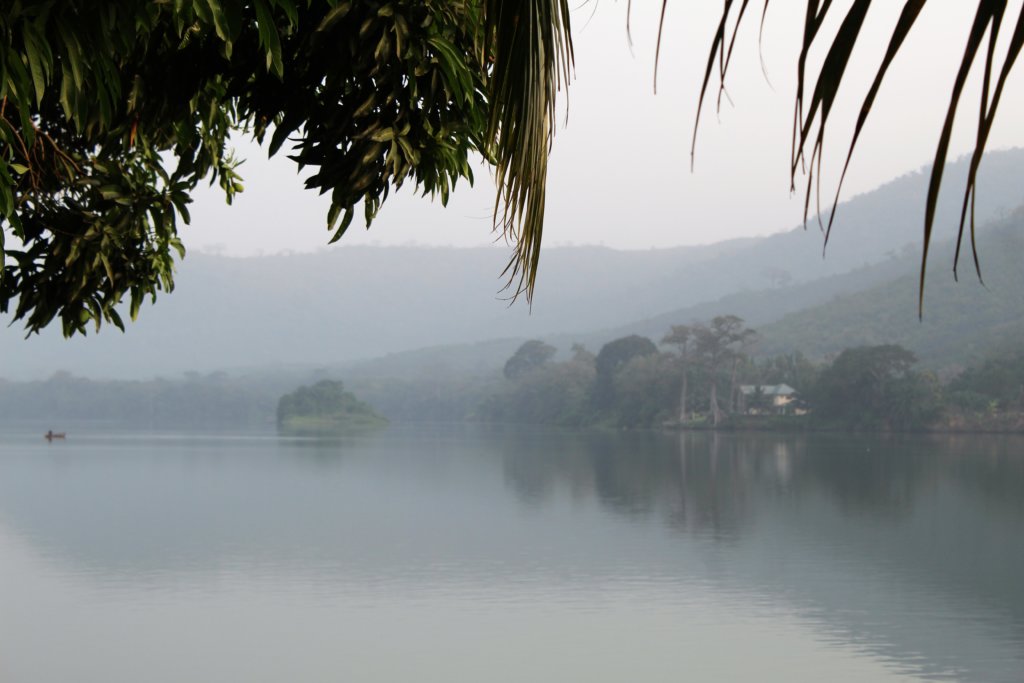
BOOK YOUR OWN TRIP TO WEST AFRICA!
BUY THE GUIDE BOOK OR A COLOURING BOOK:
IF YOU LIKE THIS ARTICLE, PIN IT!
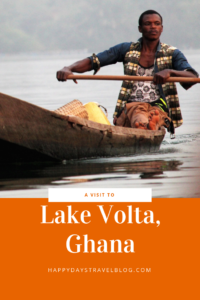
Disclosure: This post contains affiliate links. If you click through for more information, or to make a purchase, it may result in a small commission coming my way. Please note that there is no extra cost to you associated with this. Thank you so much for supporting my site.
Join our mailing list

Sign up to receive our monthly newsletter. Keep up with what we're doing and be the first to receive special offers and insider tips.

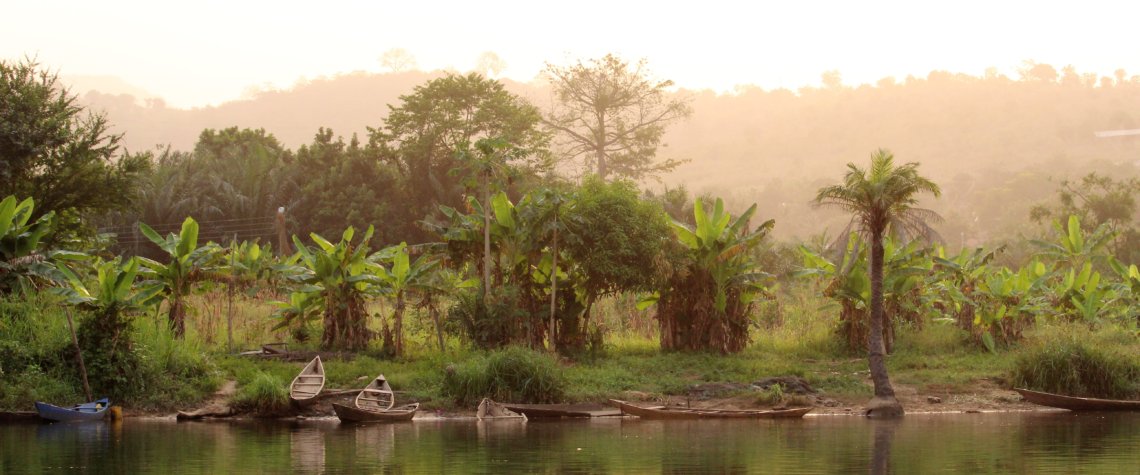
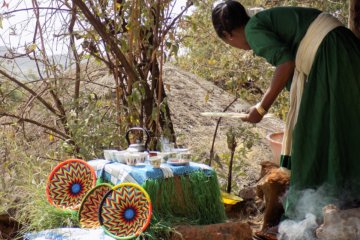
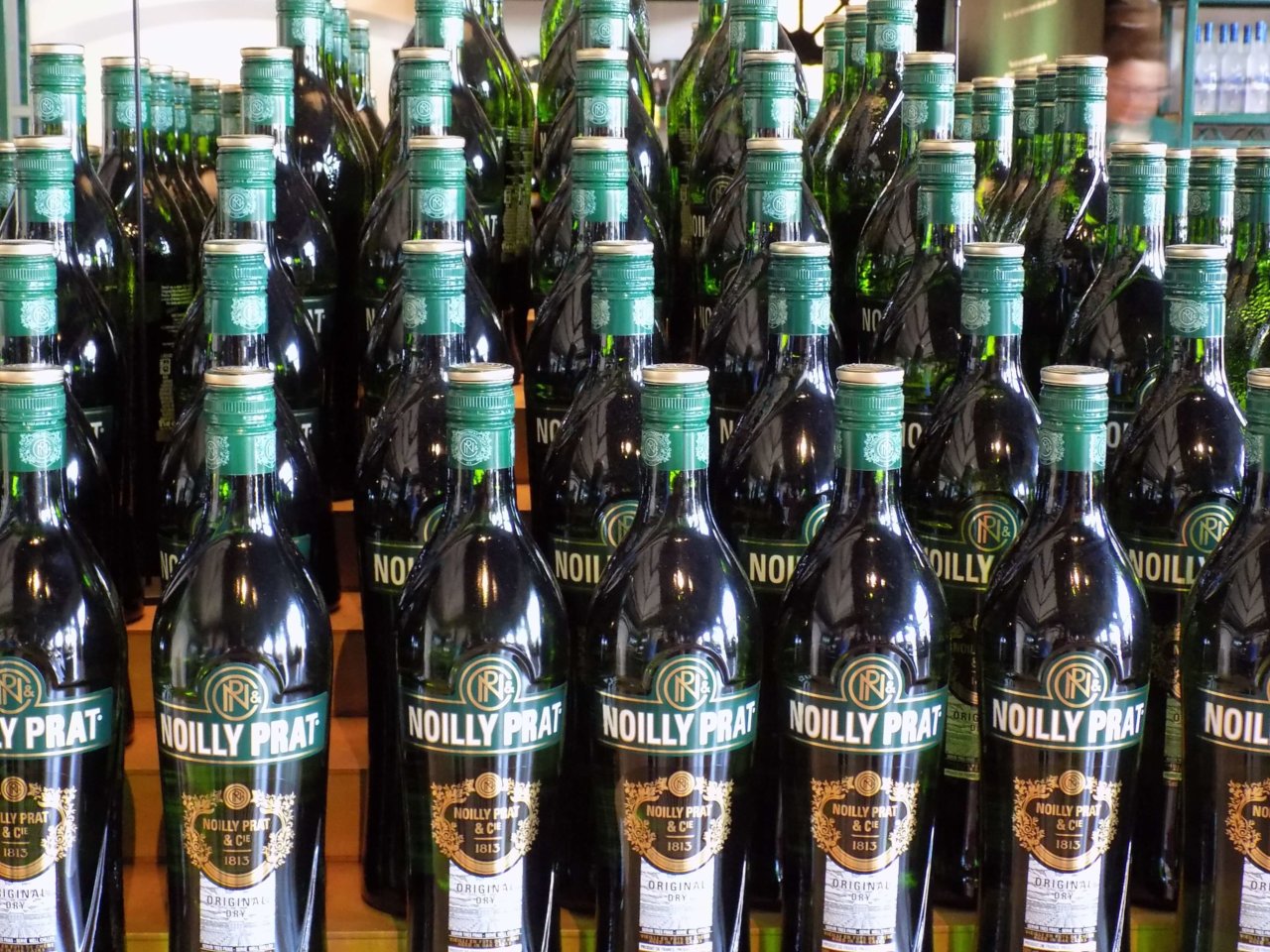
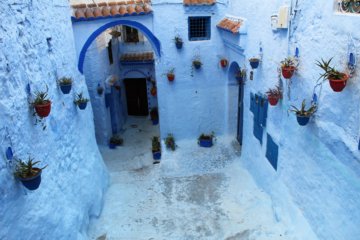
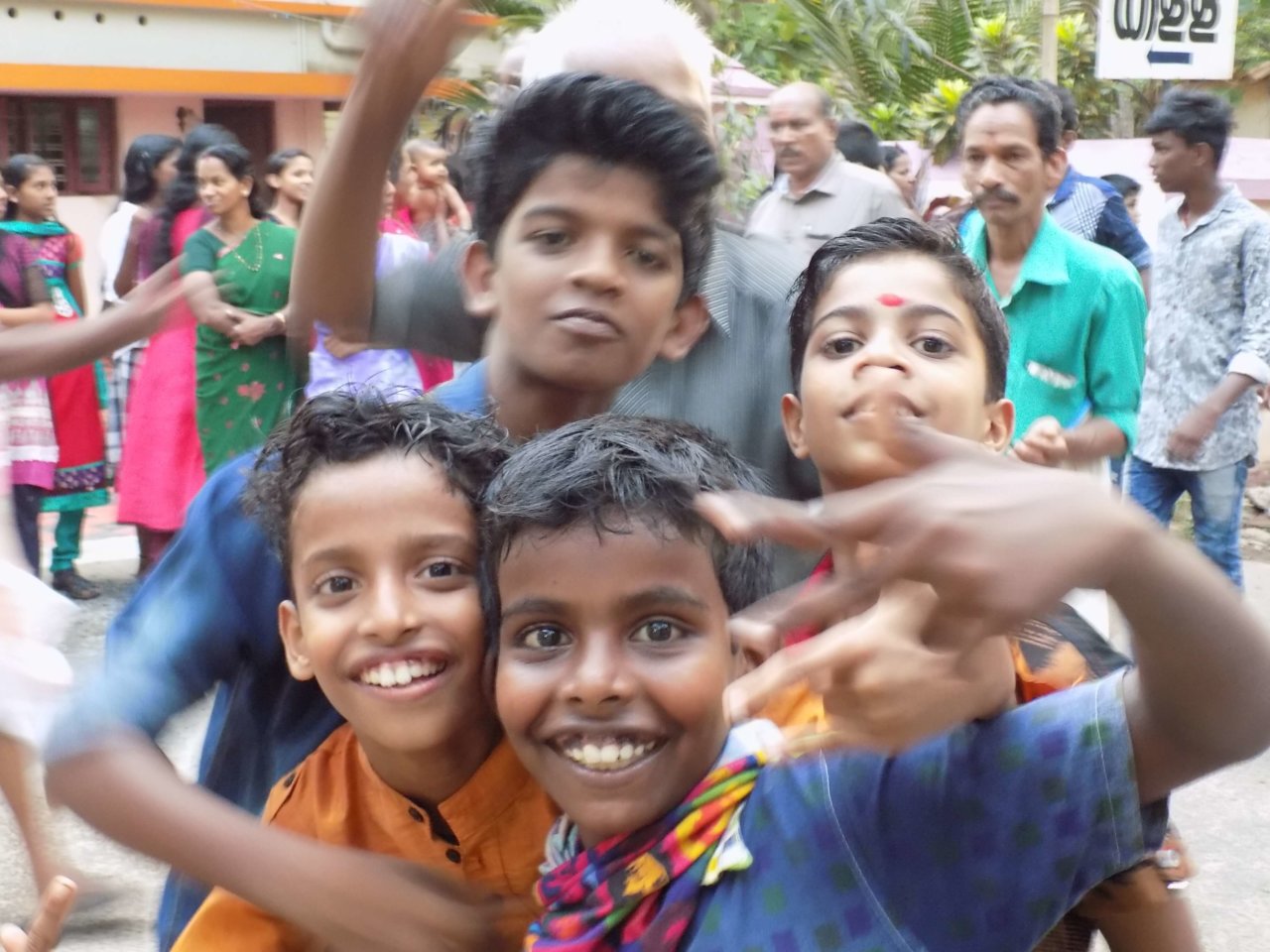
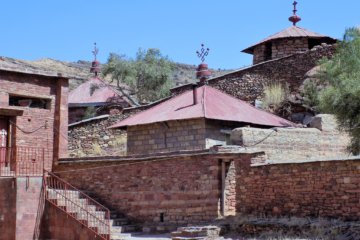

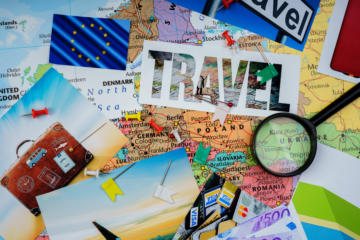
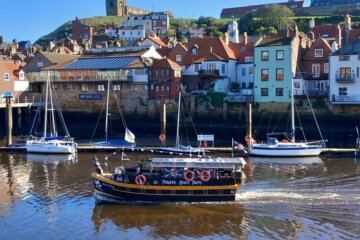
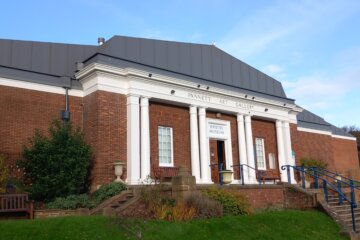
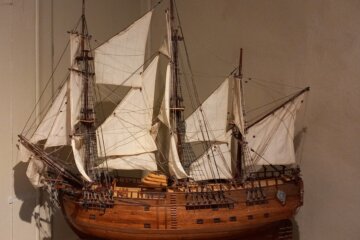
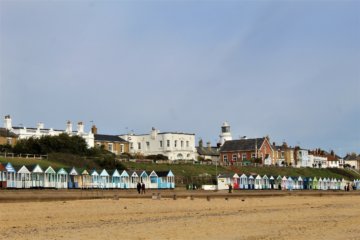
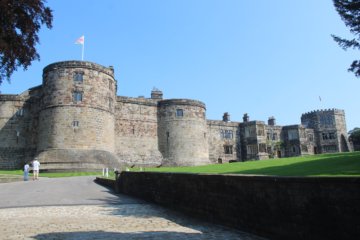
I enjoyed reading through the information and learning a lot . I know a bit about lake Volta in Ghana.